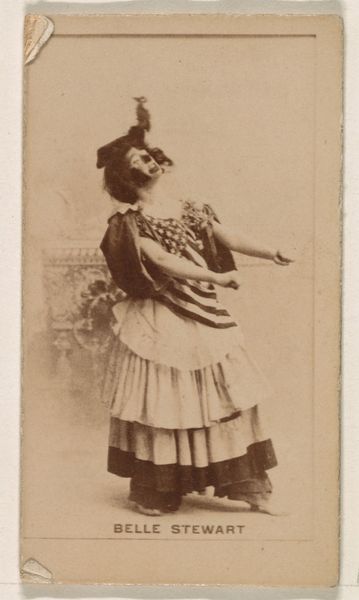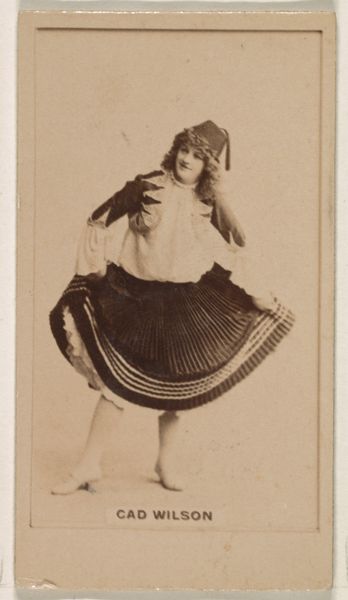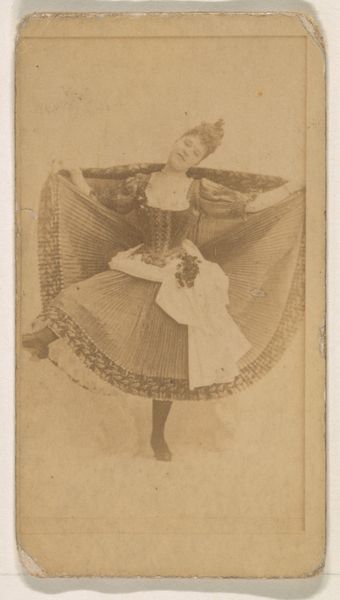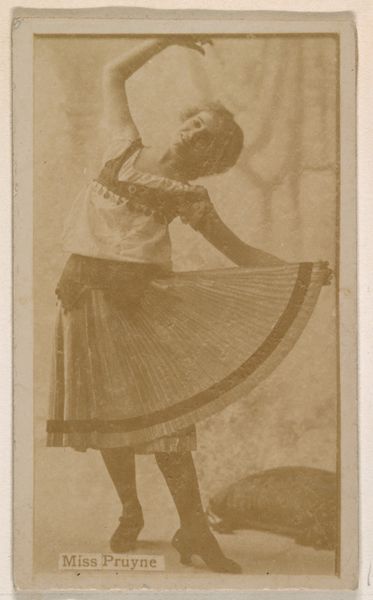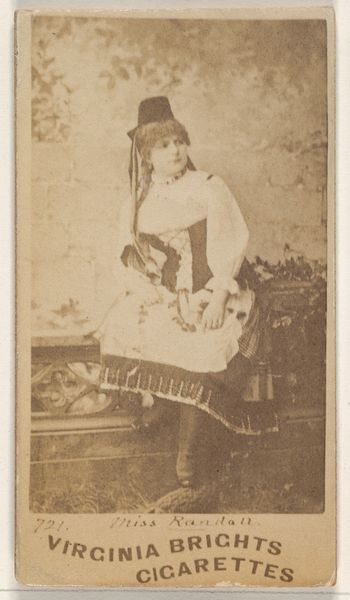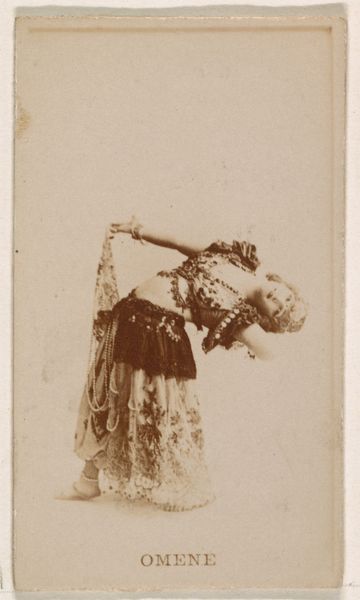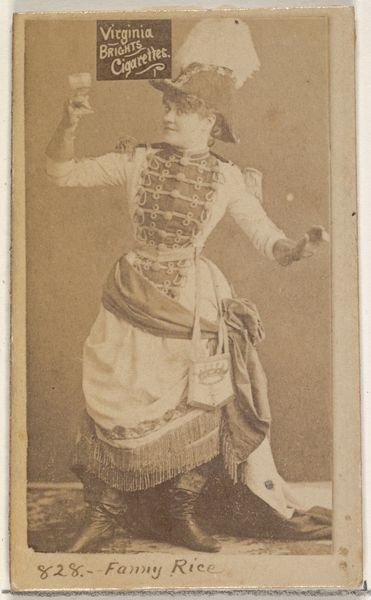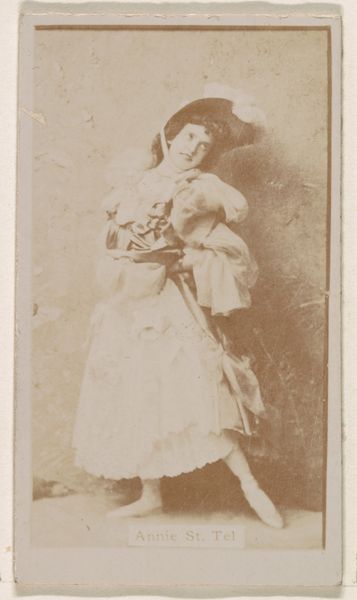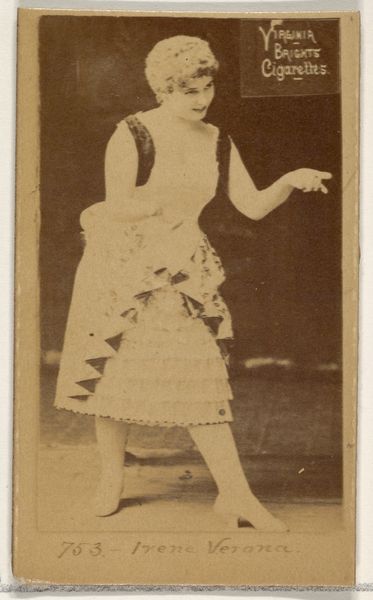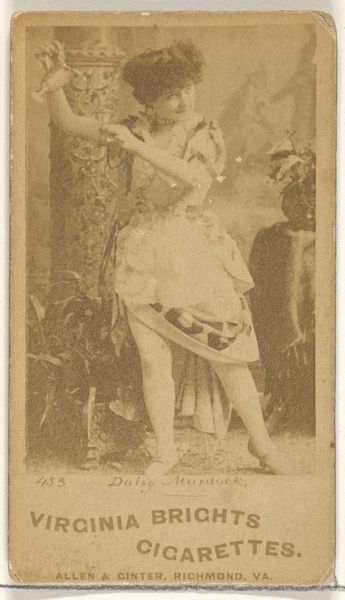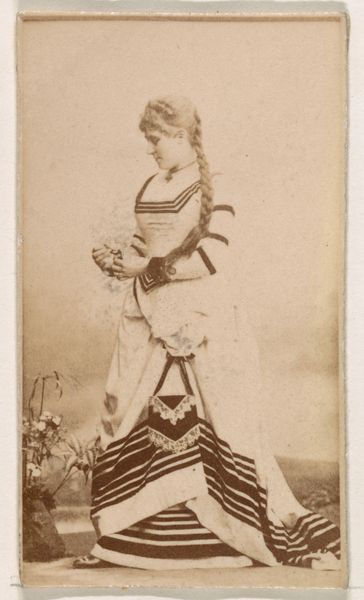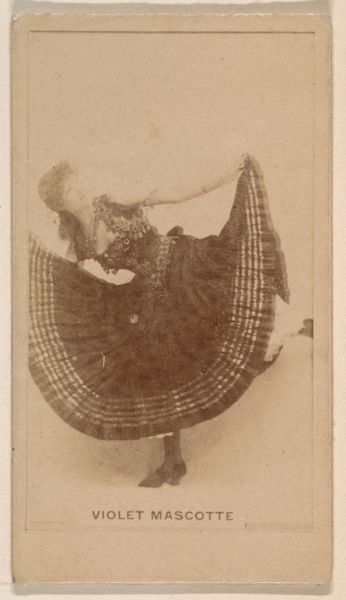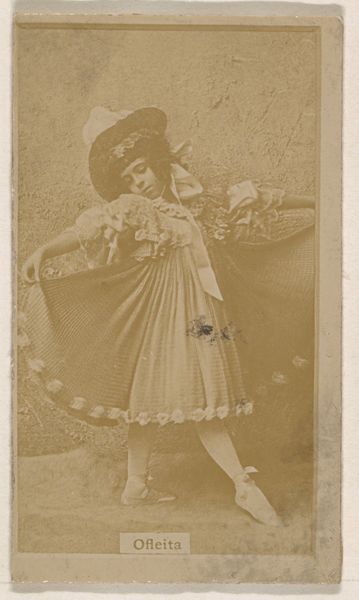
Simon; Demarconnay; Chomasson; Walther 1er 1864
0:00
0:00
photography
#
portrait
#
photography
#
academic-art
Dimensions: Image: 7 3/8 × 9 1/4 in. (18.8 × 23.5 cm) Album page: 10 3/8 × 13 3/4 in. (26.3 × 35 cm)
Copyright: Public Domain
Curator: This is "Simon; Demarconnay; Chomasson; Walther 1er" created in 1864 by Andrè-Adolphe-Eugène Disdéri. It is currently housed at the Metropolitan Museum of Art. What do you make of this first impression? Editor: Well, immediately, I’m drawn to the almost ethereal quality despite the clear formality of the subjects. The sepia tones and the replicated imagery give it an interesting ghostly presence, what was the methodology involved here? Curator: Disdéri patented a method for creating multiple exposures on a single photographic plate, creating what we call a carte-de-visite. It democratized portraiture through mass production, moving photographic images out of the sole hands of wealthy patrons to everyday consumers. Editor: Fascinating! The use of serial imagery certainly opens avenues to discussions around performance and identity. Here we have a single performer embodying multiple characters or even presenting a range of expressions within one portrait. This raises questions about gender performativity in 19th-century theatrical contexts, particularly in the way that these women are navigating the very strict constraints placed upon their bodies in that time. Curator: Absolutely. Looking closer at the prints, consider the albumen process – egg whites used to bind the photographic chemicals to the paper. This created a smooth surface capable of capturing minute details. Disdéri then skillfully arranged the photographs on cards, optimizing material use while producing desirable likenesses. It's a fascinating mix of artistry and early industrial techniques. Editor: I agree, but I also feel this technological reproduction complicates our reading. Does the process change the artistic statement if these are technically not individually posed portraits but repetitions from a master image? How do factors like retouching, mass production, and circulation affect our analysis of the ballet dancers portrayed? Curator: These are crucial questions. The seriality isn't just aesthetic; it fundamentally reshaped labor within the photographic studio, from the photographer managing exposure to the many studio hands mounting prints. Thinking about who benefits from photographic advancements invites examination of these very networks. Editor: Thinking of labor relations is particularly important to understand this as a socio-political work, because this was at a time when marginalized voices are clamoring to gain political, economic, and cultural agency. How were those political changes and tensions represented on the stages where the performers danced and presented this spectacle? Curator: An important connection, definitely. These early photographic methods challenge and blur traditional notions of artistic originality and authorship through their method of production. Editor: These innovations and methods create a compelling lens to view ballet dancers of the period, not simply as bodies but as cultural commodities of a newly emerging image-saturated era.
Comments
No comments
Be the first to comment and join the conversation on the ultimate creative platform.
